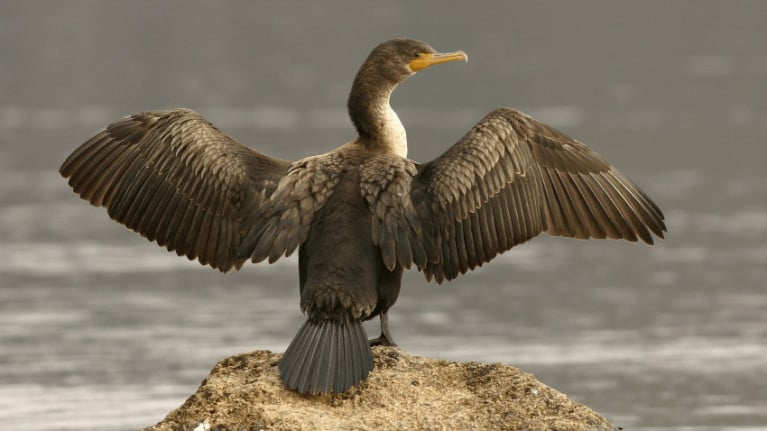Displaying items by tag: Cormorants
Licences Required to Deal with Cormorants Predating on Salmon Smolts in Northern Ireland, Loughs Agency Advises
The Loughs Agency says it shares its stakeholders’ concerns about the impact of cormorants predating on juvenile salmon during the annual smolt migration.
Unlike other salmon predators, cormorants are a protected species under Article 4 of the Wildlife (Northern Ireland) Order 1985.
Given the legal protection of this marine wildlife species, the management and population surveys are the responsibility of the Wildlife Section of the Biodiversity and Conservation Science Unit, Northern Ireland Environment Agency (NIEA) and their counterparts in the National Parks and Wildlife Service (NPWS).
Angling clubs and fishery managers in Northern Ireland should be aware of the process to apply for the appropriate licence to assist in managing these birds and other actions, including scaring the birds to move them on, after agreement with wildlife officers from NIEA.
The NIEA advises that under Article 18 of the Wildlife (Northern Ireland) Order 1985, an application can only be legally processed if it can be shown that:
- There is no other satisfactory solution, and;
- The licence is issued to prevent serious damage to a fishery.























